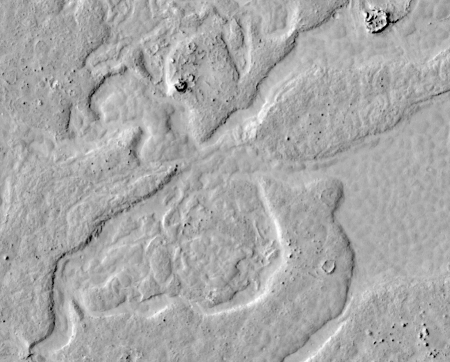Rocket Lab delays launch
Rocket Lab has decided to delay its April 20th launch Electron launch to its next launch window to give it time to review a technical issue uncovered during a dress rehearsal countdown last week.
In an interview during the 34th Space Symposium here, Rocket Lab Chief Executive Peter Beck said that engineers detected “unusual behavior” in a motor controller for one of the nine engines in its first stage. “We want to take some time to review that data,” he said on the decision to delay the launch.
The next launch window for the mission is in about three weeks, he said. While Rocket Lab owns its own launch site on New Zealand’s Mahia Peninsula, he said the company has to work with third parties that provide range safety services when scheduling launches. That should also be enough time, he added to assess the problem and make any hardware changes to the vehicle.
The second paragraph explains why they announce their launch dates as windows. They must give the local communities surrounding their launchpad sufficient notice of when a launch is planned. Interestingly, this system will become irrelevant when they start launching every two weeks, as planned by the next year. When that happens, there will always be a launch window open.
Rocket Lab has decided to delay its April 20th launch Electron launch to its next launch window to give it time to review a technical issue uncovered during a dress rehearsal countdown last week.
In an interview during the 34th Space Symposium here, Rocket Lab Chief Executive Peter Beck said that engineers detected “unusual behavior” in a motor controller for one of the nine engines in its first stage. “We want to take some time to review that data,” he said on the decision to delay the launch.
The next launch window for the mission is in about three weeks, he said. While Rocket Lab owns its own launch site on New Zealand’s Mahia Peninsula, he said the company has to work with third parties that provide range safety services when scheduling launches. That should also be enough time, he added to assess the problem and make any hardware changes to the vehicle.
The second paragraph explains why they announce their launch dates as windows. They must give the local communities surrounding their launchpad sufficient notice of when a launch is planned. Interestingly, this system will become irrelevant when they start launching every two weeks, as planned by the next year. When that happens, there will always be a launch window open.




